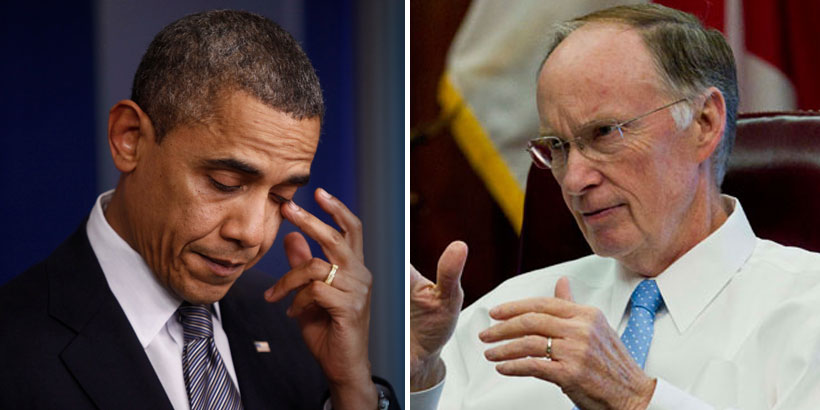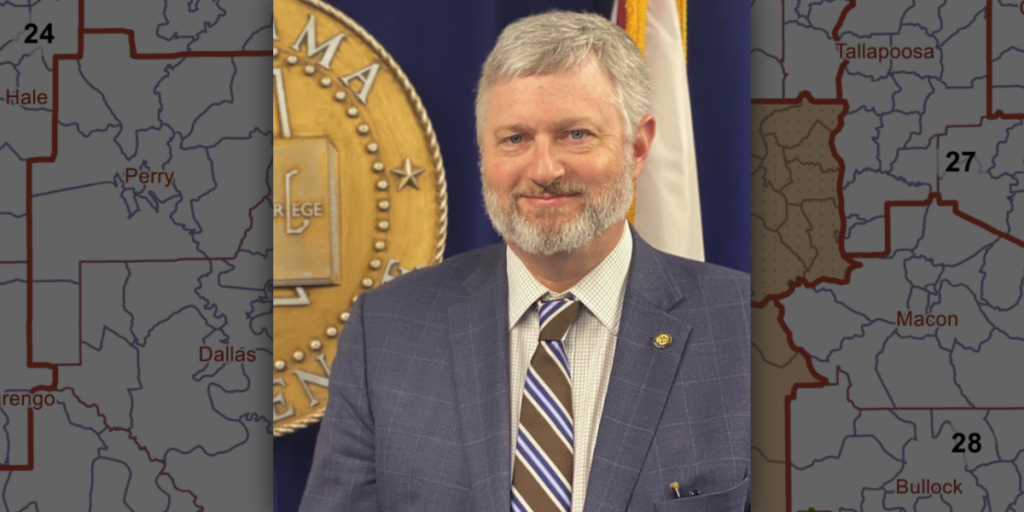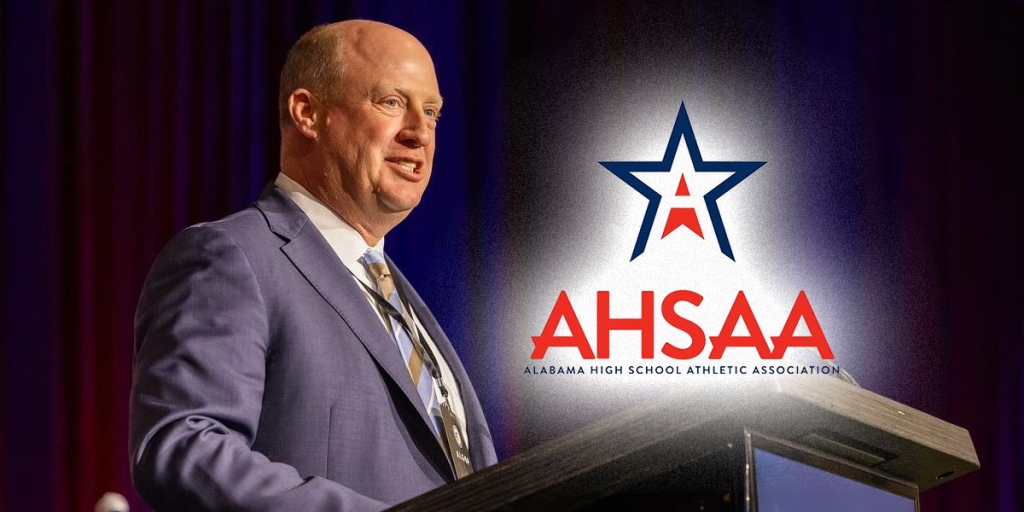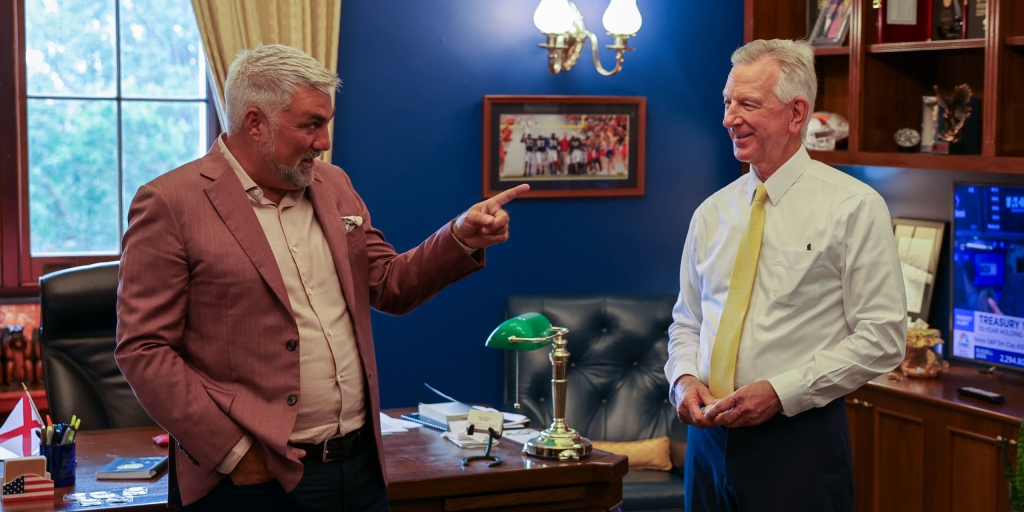
WASHINGTON, D.C. — Robert Bentley (R-AL) was among a plethora of Governors calling for vigilance to ensure that the Federal Government stays out of state and local education. This past Sunday, governors of the fifty states met in Washington at the winter meeting of the National Governors Association (NGA) to discuss the Every Student Succeeds ACT (ESSA) and how they believe it can succeed under one condition: that the federal government stays out of the way.
The ESSA, signed into law by President Obama in December, succeeded President Bush’s No Child Left Behind Act (NCLB). NCLB was criticized across the political spectrum for being ineffective and taking powers away from localities. The ESSA, introduced by Senator Lamar Alexander (R-TN), aims to correct the issue by narrowing the federal government’s role in elementary and secondary education. The ESSA retains the hallmark annual standardized testing requirements of NCLB, but shifts the law’s federal accountability provisions to states.
Despite the significant statutory changes, governors fear the feds implementing the law in ways contrary to its intent and language. The NGA plans to monitor the Federal Department of Education to guarantee that the rule of law is upheld.
Governor Bentley, who serves as vice chairman of the NGA’s education and workforce committee, said “The federal government should issue regulations selectively and only on provisions where states and local districts agree that guidance is needed.” That is the only way to “to ensure that it adheres closely to the principles of federalism,” he concluded.
Since the 1980s, the role of the Federal Government in education policy has consistently increased. The ESSA is the first piece of legislation since then to place limits on the scope of federal power.
Prior to 1980, the United States operated without a Federal Department of Education and Washington only intervened when constitutional rights were infringed (e.g. segregation in public schools).
The U.S. Department of Education was created by the Carter Administration with the stated goal of increasing students’ test scores. However, test scores for 17-year-old American students have remained essentially flat since 1970. Per pupil, taxpayer-financed education spending (adjusted for inflation) has risen by more than 200 percent since 1970 (and 150-plus percent since 1980, the year the Department launched).












